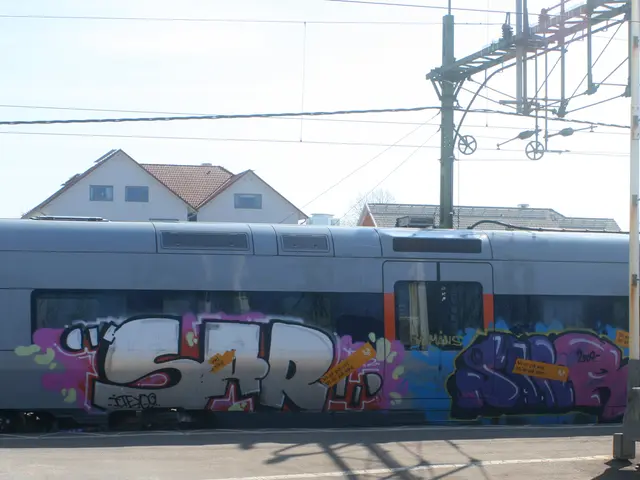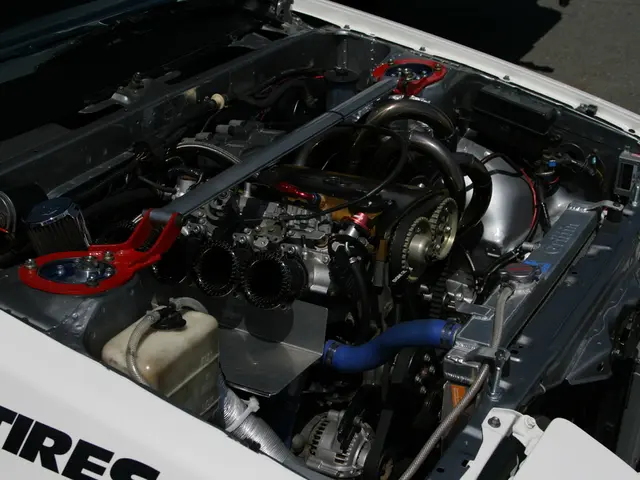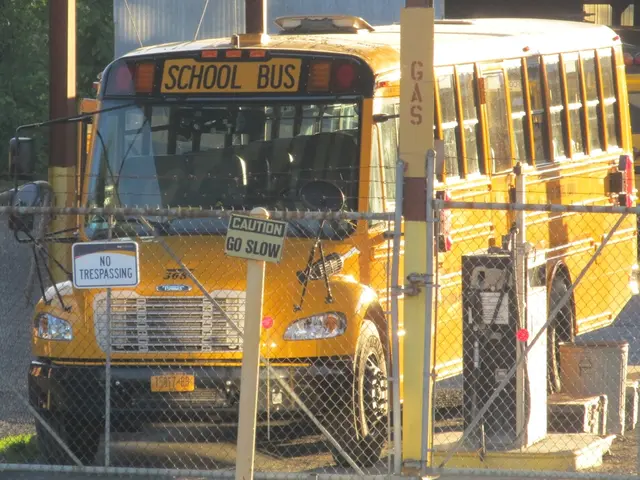Game Publishers Aim to Replicate Nintendo Switch 2's $80 Pricing Strategy
Nintendo Breaks Industry Trend with $80 Price Tag for Switch 2 Games
Nintendo has made a bold move in the gaming industry by pricing its new Switch 2 games at $80, a significant increase from the previous $60 price point. This change was first seen with the launch title, "Mario Kart World", marking the most expensive Nintendo game to date.
The Switch 2, which was unveiled without a price during its showcase, was later discovered to cost $450. The bundle with "Mario Kart World" is priced at $500.
The price hike has sparked criticism, but early sales data indicate robust consumer demand despite the premium. Some of the other games set to retail for $80 include Super Mario Party Jamboree, Kirby and The Forgotten Land, The Legend of Zelda: Tears of the Kingdom, and the new Mario Kart World. Older titles like Legend of Zelda: Breath of the Wild will also cost $70 for the Switch 2 version.
This pricing strategy could set a new price ceiling for premium Nintendo games on the Switch 2 platform, potentially normalizing higher game prices in the $70-$80 range. Other publishers may also be influenced to raise their AAA game prices on next-gen consoles, especially if Nintendo's sales remain strong despite high prices.
However, there is public concern over aggressive monetization alongside high prices. Some fear Nintendo may adopt more microtransactions and paid content as seen in mobile titles, which could alienate fans if overdone.
Nintendo’s strategic premium pricing on hardware and software combined with strong sales suggests a shift in industry expectations, especially if hybrid gameplay and exclusive content justify the cost to consumers.
The rising costs of game development, due to big-budget titles with high graphical fidelity and large storage requirements, are exacerbated by factors such as Trump's tariffs, which could potentially increase the price of the Switch 2 significantly due to its manufacturing in Vietnam and Cambodia.
In the face of these challenges, Nintendo continues to push into higher resolution gaming, which may put pressure on the company to invest resources in certain types of games. The future of gaming pricing and monetization strategies remains to be seen as companies navigate the balance between base game pricing and additional revenue streams.
References:
- Nintendo's Unusual Pricing History
- Nintendo Ships 383,000 Units of Switch 2 to U.S.
- Nintendo's Shift in Industry Expectations
- Public Concern over Aggressive Monetization
- Early Sales Data Indicate Robust Demand for $80 Games
Read also:
- Interview Questions for Neha Singh, the Creator and Leader of Obsess
- Zebra Ventures Provides Funding for RFID Technology in Software Development, as Reported by Xemelgo
- Potential Fire Hazards Lurking in AI Data Facilities and Their Impact on U.S. Electrical Infrastructure
- Decrease in USDT Market Capitalization Observed Post MiCA Implementation








